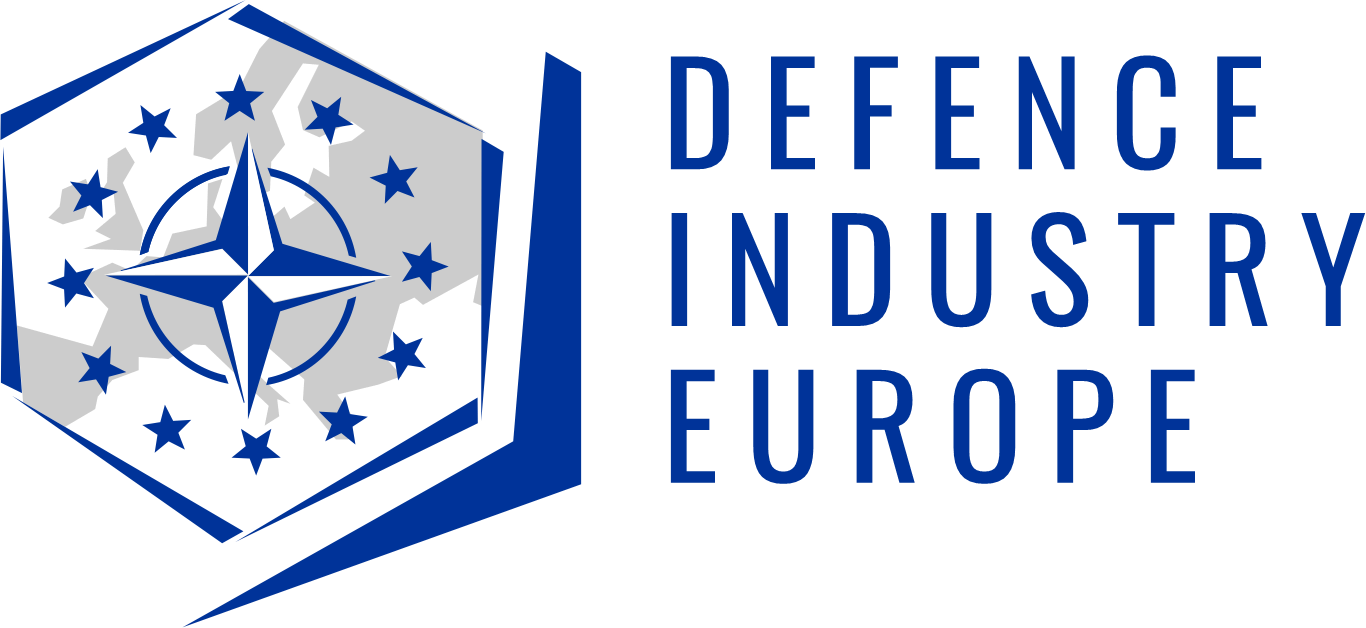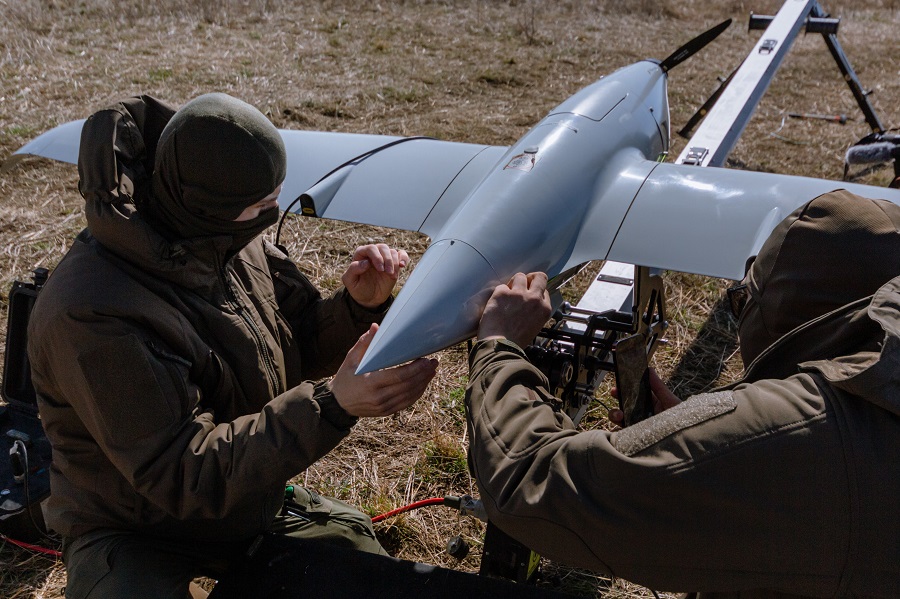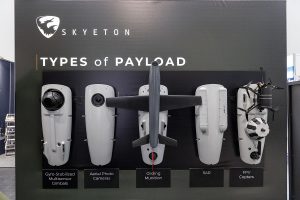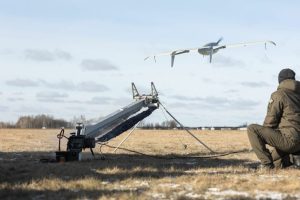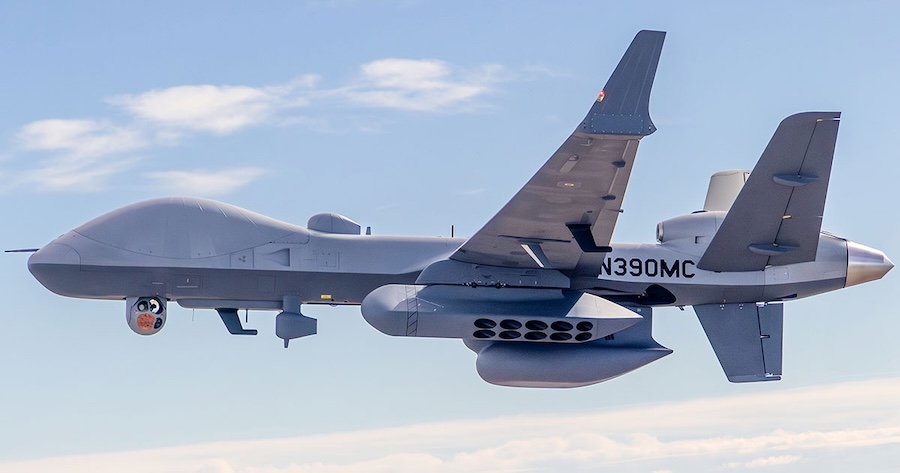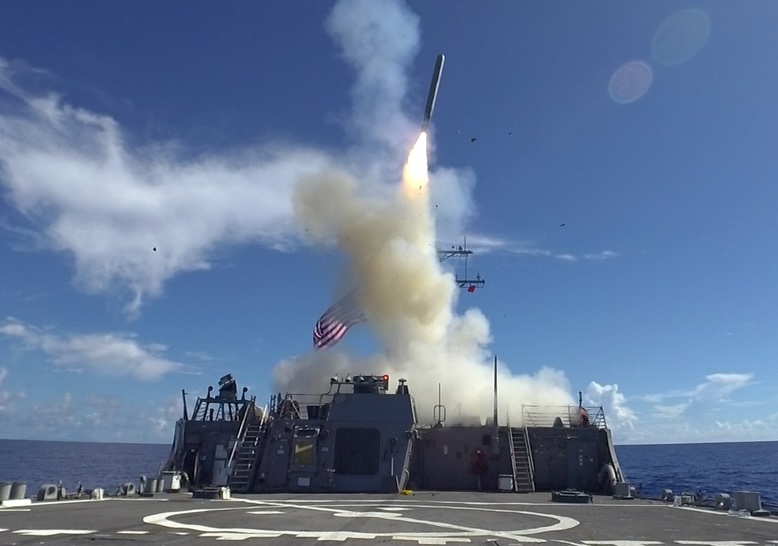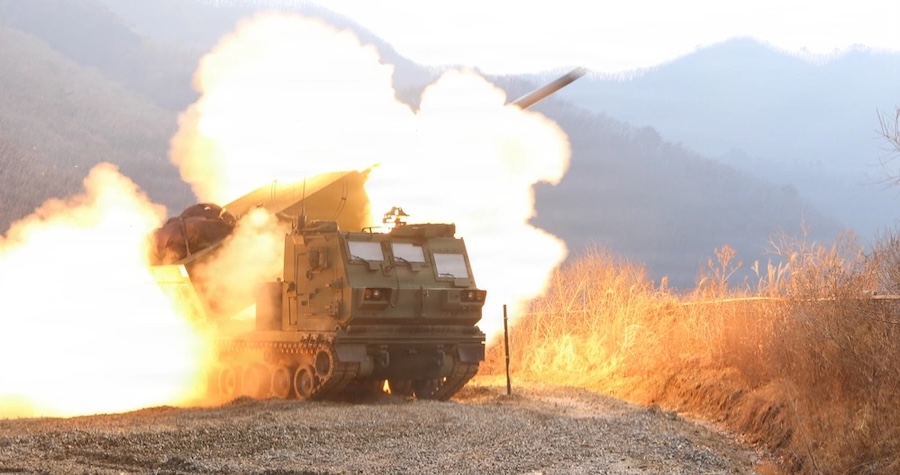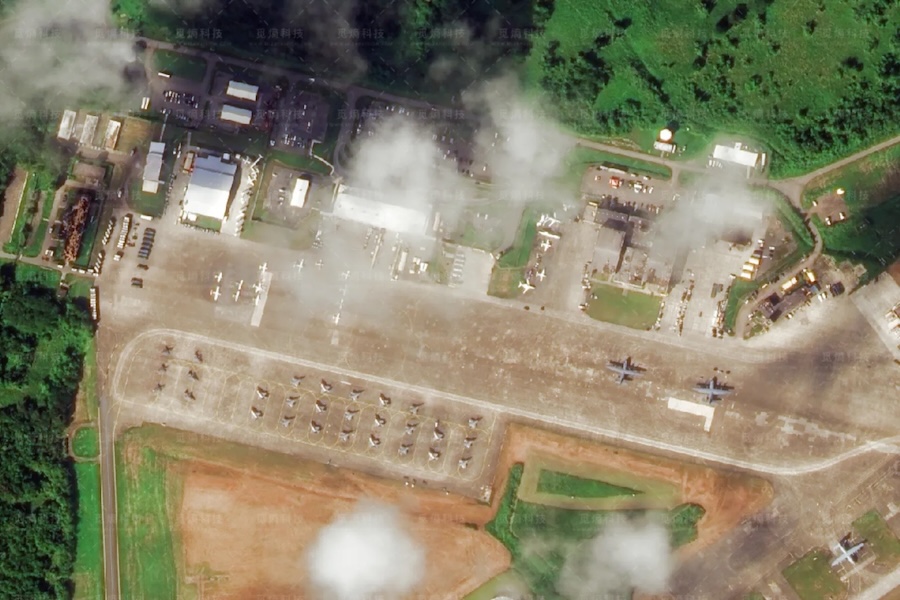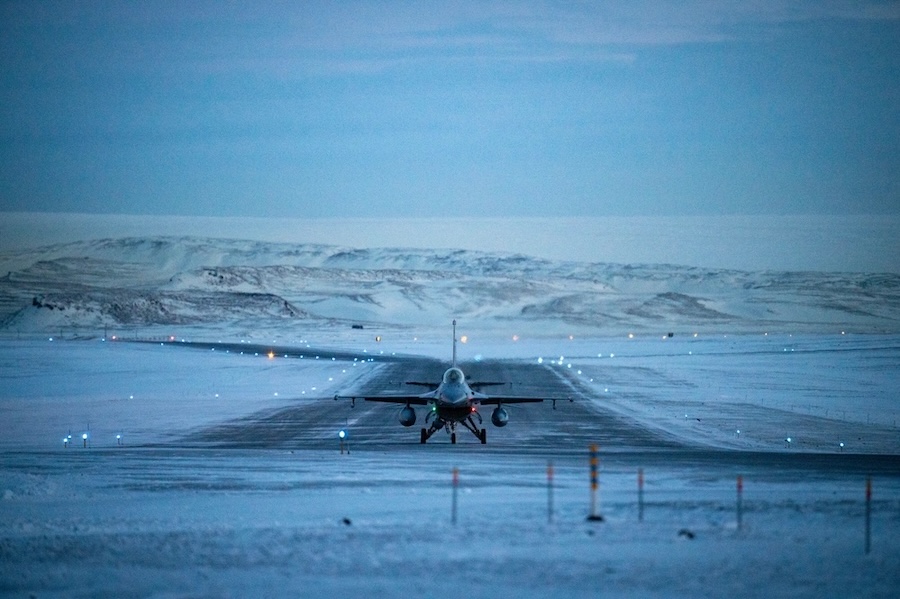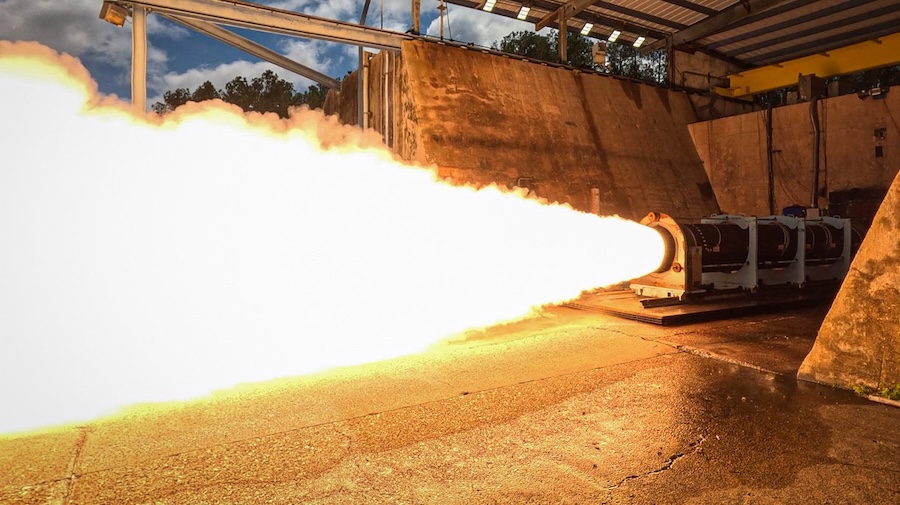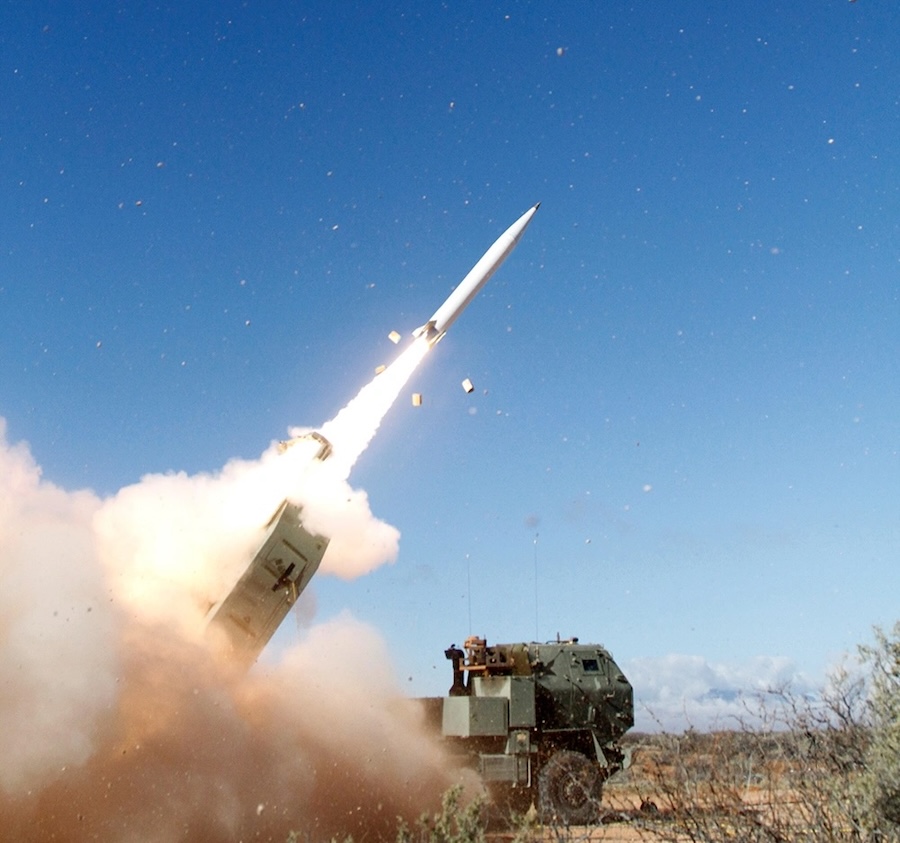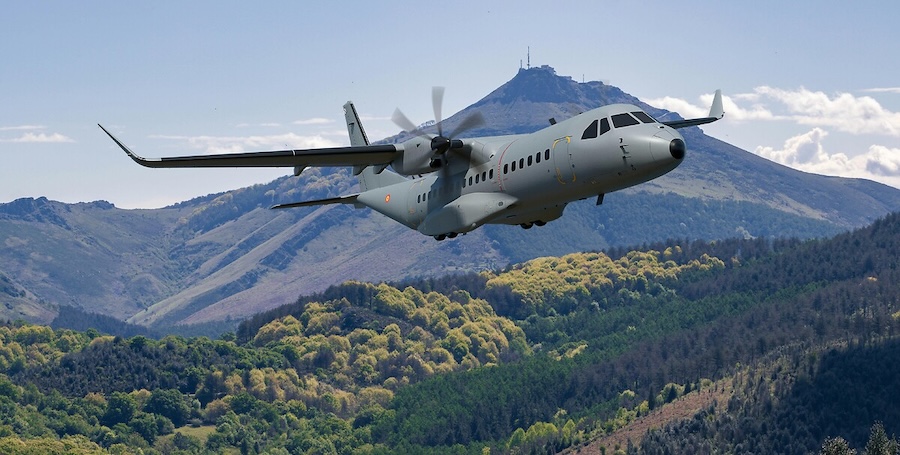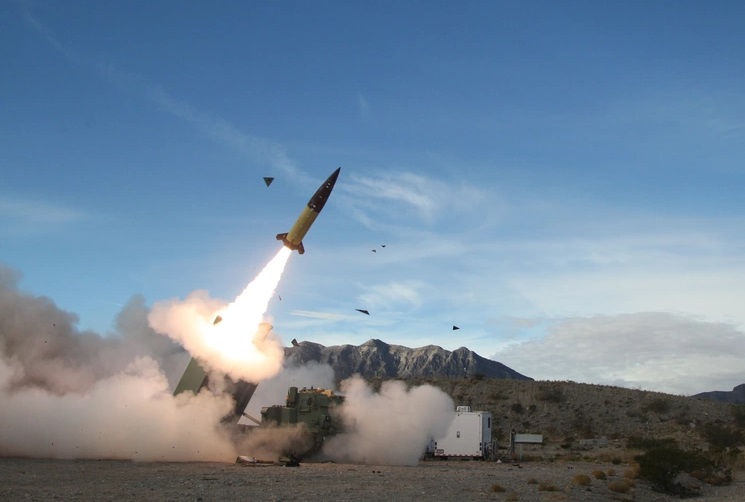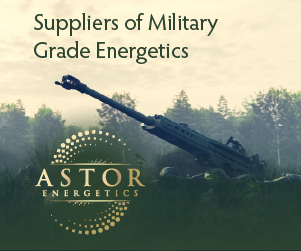Following the achievement, Skyeton is now focusing on developing a new fuselage architecture specifically designed for hydrogen integration. The updated design will optimise space and weight distribution for the hydrogen fuel cell system, paving the way for future serial production of the hydrogen-powered Raybird.
Roman Knyazhenko, CEO of Skyeton, stated: “The main task for us is to create an aircraft with an electric engine capable of over 15 hours of flight endurance in extreme conditions while carrying a payload.” He added: “We are considering a hydrogen fuel solution as a way to gain all the advantages of an electric motor, such as high reliability, engine power, and ease of maintenance, combined with a long-duration continuous flight, which is a hallmark of our UAV.”
The Raybird UAS is typically deployed for long-endurance surveillance and reconnaissance missions. With the transition to hydrogen-electric propulsion, the platform will offer improved operational efficiency and environmental performance for both defence and civilian uses.



